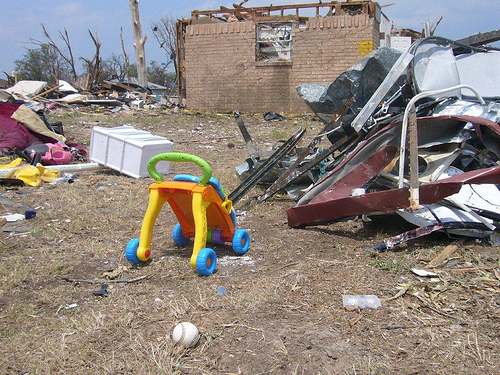When you add it all up, the total cost of insurance premium is a significant share of most household budgets. Car insurance, homeowners insurance, and a host of additional forms of coverage add-up quickly. Add in the cost of health insurance and life insurance, and the total share of monthly spending related to insurance climbs even higher. While there are savings opportunities in every single insurance spending category, homeowners insurance is a prime target for trimming costs.
It is always tempting to simply renew your existing home insurance policy. If you haven’t made any claims and there are no substantial changes to your property, it is easy to just return your payment and be done with it. Unfortunately, you may be leaving money on the table when you blindly renew homeowners insurance every time it is due. Instead of taking the easy way out, evaluate you insurance coverage at each renewal date. You may uncover savings opportunities by taking a close look at premiums and discussing coverage with your current agent, and moving to another provider might even make sense, if your current terms are questionable.
Informed Consumers Save Money on Insurance
Learning about insurance and calculating your options is the first step toward saving money on your homeowner’s policy. It is easier than ever to compare quotes using web-based resources designed to contrast insurance alternatives. Once you have a handle on your options, it is easier to pick the most cost-effective solutions for your particular home coverage needs.


This work is licensed under a Creative Commons Attribution 2.0 Generic License.
Home policies are essentially broken into two distinct areas of coverage. The first aspect of your policy covers the buildings and structures themselves, while the other half of your homeowner’s contract relates to the personal belongings kept on your property. It is important to understand this distinction, so your protection covers the value of your home and contents, without adding unnecessary insurance costs.
The structural portion of your policy accounts for the main house or building on your property, as well as your garage or other features found there. Sheds, storage buildings, workshops and other structures used in agriculture are covered by the building insurance, as well as fences, retaining walls and structures extending from the buildings you own. The contents part of your homeowner’s policy covers basic possessions like clothes and furniture, but it can also be adjusted to provide protection for particular items you own. Valuable jewelry and collectible items, for example, can be designated for coverage under add-on riders that address loss and destruction of these specific items.
Claim-Free Customers Land the Best Rates
Insurance costs are based upon risk, which is evaluated by each provider before homeowner’s policies are issued. Customers with claim histories naturally present greater risk, because the future is likely to reflect the past, leading to costly claims on home policies. To secure the most favorable terms, bring a responsible history to the table and maintain a safe record with your insurance carrier.
Higher deductibles also spread the risk for insurance companies, so lower premiums save money for homeowner’s willing to raise their deductible amounts. When incidents do occur, you’ll pay more money out of pocket, but the premium savings may prove worthwhile in the long run. To further savings, take advantage of any discounts offered by your insurance company. Bundling several policies with the same company, for example, results in customer loyalty discounts, at times. And installing safety devices like security systems and carbon monoxide detectors also qualifies for reduced insurance premiums with some carriers.
